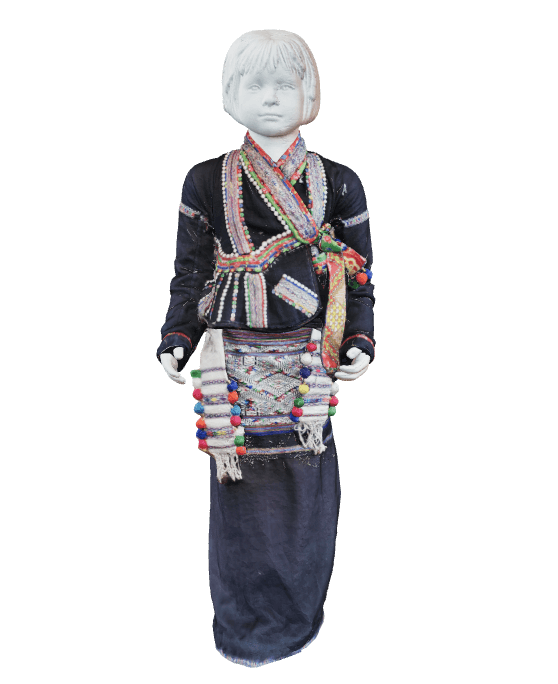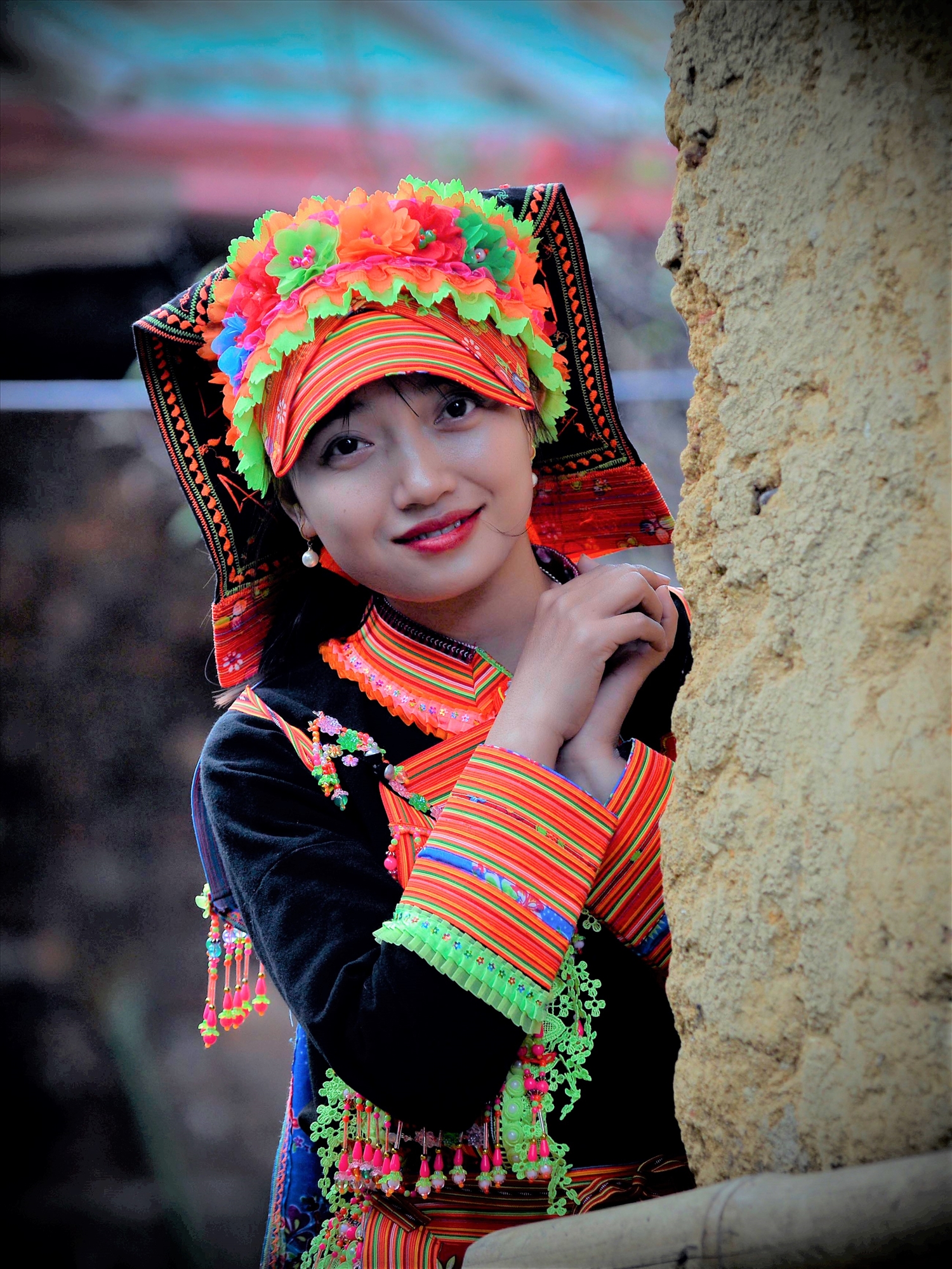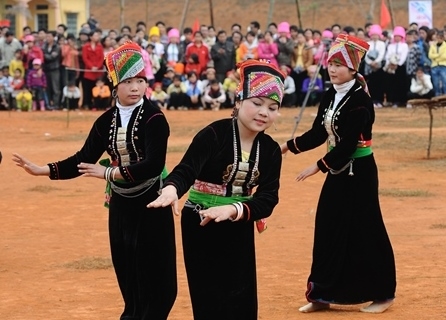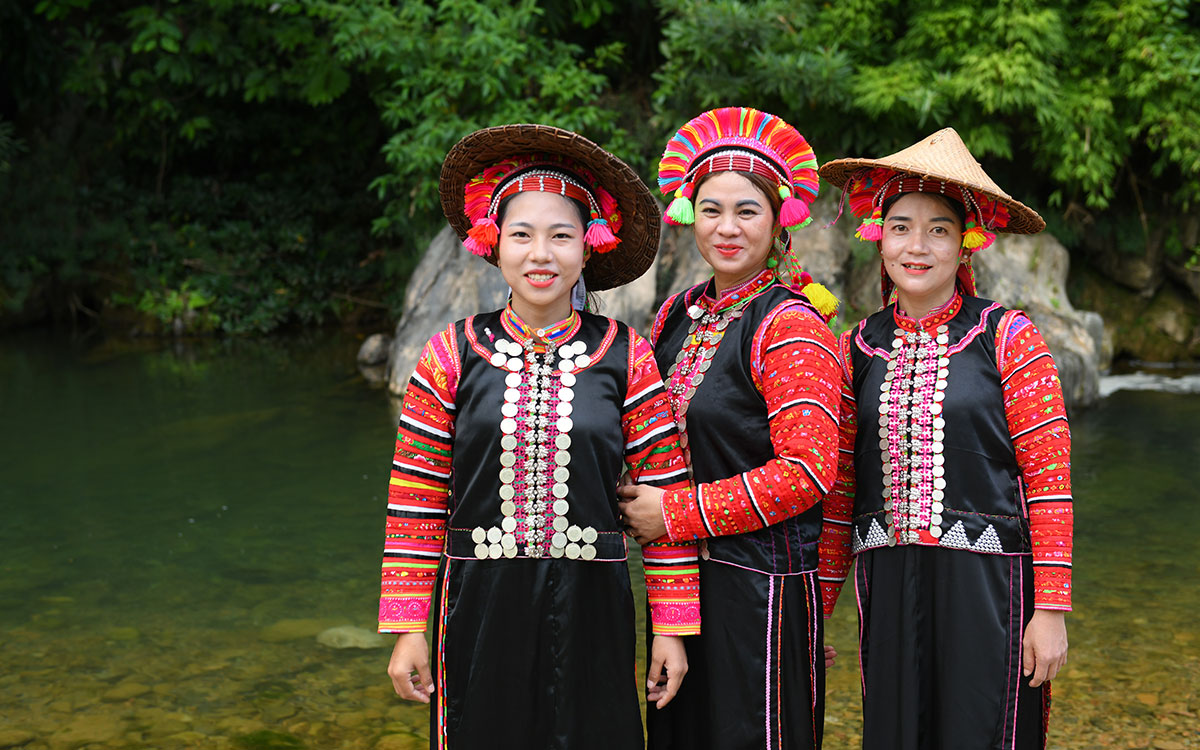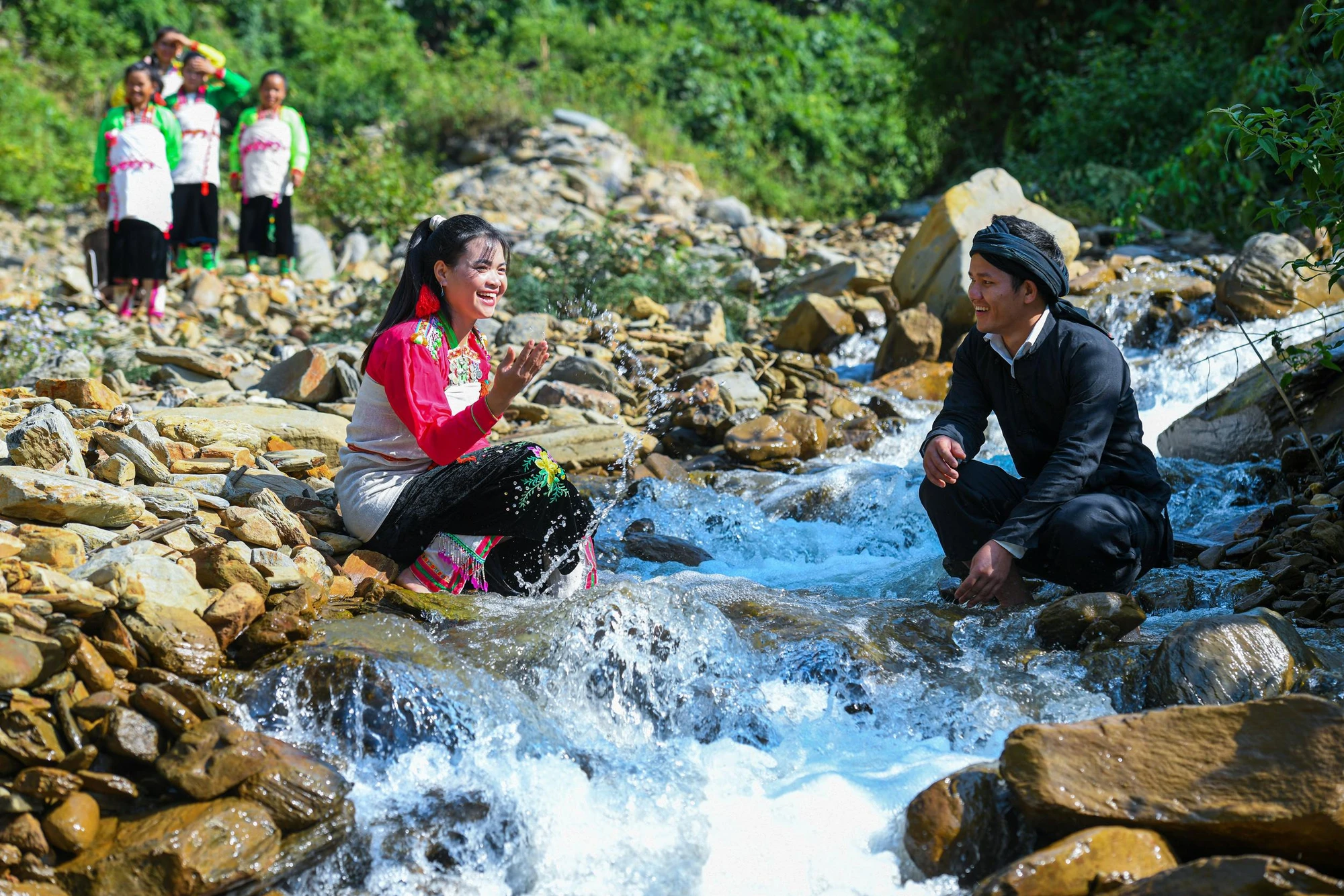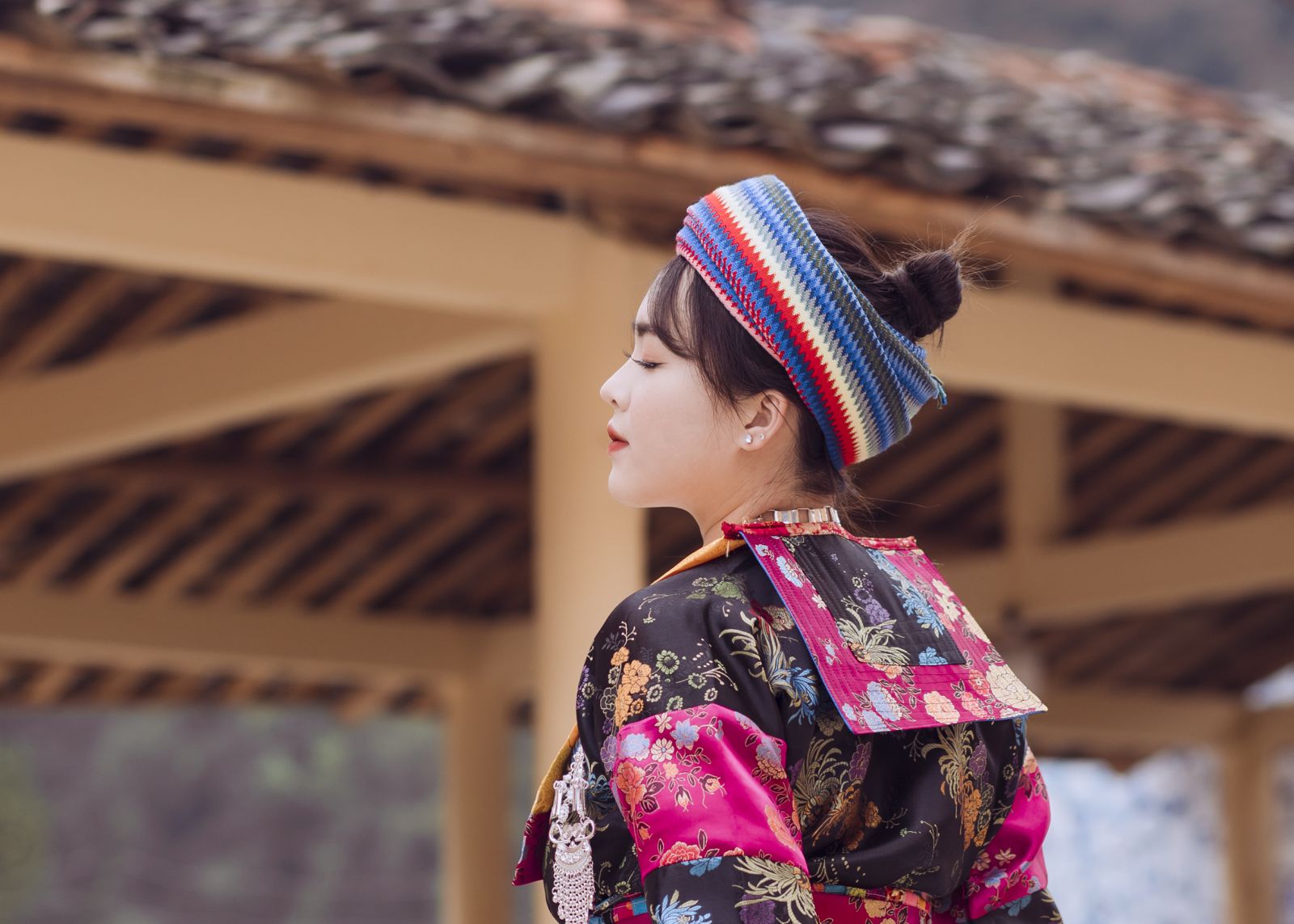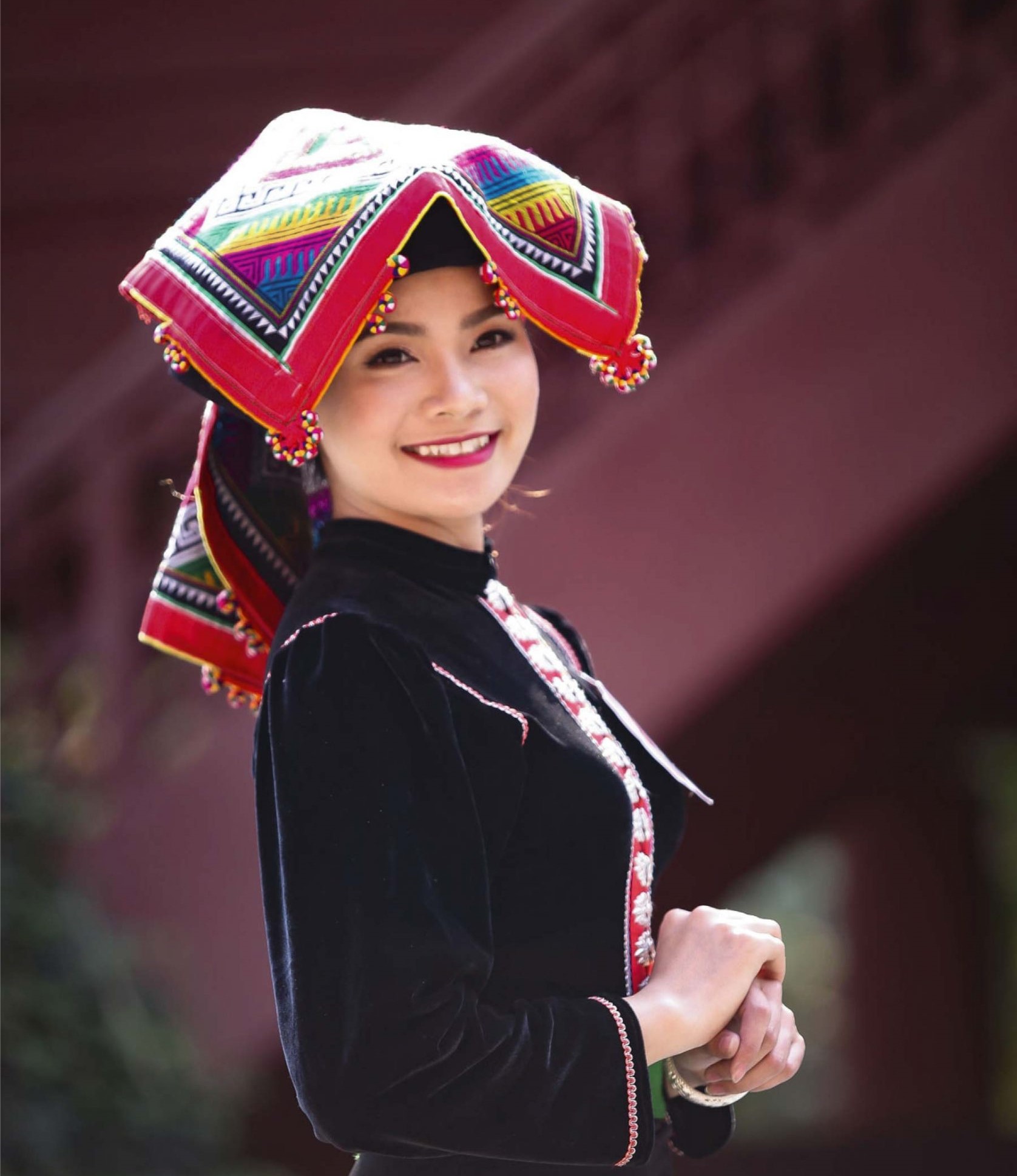LÀO ETHNIC GROUP
INTRODUCE
- General overview
The Lào people are also known by names such as Thay, Thay Duổn, Thay Nguồn, Phu Thay, and Phu Lào. They constitute one of the 8 ethnic groups (Tày, Nùng, Thái, Lào, Lự, Lào, Bố Y, Sán Chay) within the Tày - Thái language group (a part of the Thái - Ka Đai language) in Vietnam. The Lào people in Vietnam are divided into two local groups known as Lào Bốc (Lào Cạn) and Lào Nọi (Lào Nhỏ).
The residents of the Lào ethnic group currently live in the Northwestern region of Vietnam, particularly in Lai Châu province. They have long settled in districts and communes that border Vietnam and Laos, with historical and cultural ties to the Lào people in the Laos People’s Democratic Republic.
According to the data from the General Statistics Office of Vietnam, as of December 31, 2018, the Lào ethnic group in Lai Châu comprised 1,355 households totaling 6,824 individuals, constituting 1.51% of the total population of the province. They are predominantly concentrated in two districts: Tân Uyên district with 501 households and 2,443 residents, and Tam Đường district with 850 households and 4,366 residents.
- Village space
In the past, the Lào community, though subject to the administrative system of the feudal Thai hierarchy, exercised self-governance at the village level. Presently, in Lai Châu, the settled Lào people live in densely populated villages nestled against the foothills, hillsides, or adjacent to streams, with some villages having up to a hundred households. Each village is headed by a leader known as “chẩu bản,” who represents the community’s interests. This system of self-governance significantly influences economic activities, spiritual life, and traditional moral values. The Lào people adhere to the belief that each person has three main family relationships: Ải Noọng-Lung Ta-Nhinh Xao. Each lineage has a custom of abstinence or prohibition related to totemism.
- Living space
Since ancient times, the Lào people have lived in stilt houses that, from the outside, bear a resemblance to the stilt houses of the Thái and Lự people. The traditional stilt houses of the Lào belong to the category of columns-buried houses, with structures composed of columns and rafters linked together by vertical beams, the parts interconnected by “ngoãm” or binding with rattan strips and jungle vines. The house roof is designed somewhat independently of the house frame, with rafters not linked to the columns but rather leaning on the vertical beams, with the ridge positioned not at the junction of the columns and “quá giang.” After completing the house frame construction and installing the beams and floor, they proceed to place the rafters, the top ridge, “giàn đòn tay, rui, mè,” and finally, the roof covering.
In recent years, the Lào people have begun constructing column-based stilt houses. The components of this house-type frame are often linked using tenons (mộng xuyên) combined with tie joints (mộng thắt). For a stilt house structured in the rafter form: the principal column, secondary column, “quá giang,” the rafter must be assembled at the junction between the column and the “quá giang,” and the rafters are connected by vertical beams. Each rafter of this type typically includes multiple columns (4-5 columns), including rows of principal columns.
The Lào people’s stilt houses have two staircases placed at the two wings of the house. According to their beliefs, for their families to have more fortune, their houses usually have rooms, staircase steps, pairs of windows, and railing sections in odd numbers.
The layout arrangement of living space within the Lào stilt houses in villages is relatively uniform. Behind the house is the ancestral altar and sleeping area, while the front area consists of a guest reception space, guest sleeping quarters, and the family’s daily living area. Lào houses typically have two kitchens, one located near the drying area and washing facilities, and another situated in the guest reception area.
- Agricultural production activities
Similar to many other ethnic groups, the economic structure of the Lào people in Lai Châu mainly revolves around cultivation and animal husbandry. Their primary cereal crop is rice named “khẩu na” (lúa ruộng). There are two main types of rice: khẩu xẻ (plain rice) and khẩu ón (sticky rice). Previously, the Lào people only cultivated rice once a year in June and July (according to the Lào calendar); now, they can grow a second crop in some actively irrigated fields. According to the Lào calendar, rice is planted in March and April, and harvested for the first crop in July and August. Then they proceed to cultivate the second crop, harvesting it in December. The average rice yield is 300 kg per 1000 square meters.
Besides rice, the Lào people also cultivate corn on raised fields and in gardens around their homes. They refer to corn as “xử đi” and glutinous corn as “xừ đi khẩu ón.” Additionally, they cultivate various other plants such as cassava (măn co), sweet potatoes (măn ơ), beans (mắc thúa), and peanuts (mắc thúa hỏ). The gardens around Lào homes commonly grow green vegetables like wax gourd, beans, mustard greens, kohlrabis, and cabbages, as well as spices like onions, garlic, coriander, and cummin. Alongside cereal crops and other crops, Lào people also grow strawberries and indigo trees. Indigo trees are predominantly cultivated on high fields with dry soil, and harvested in March, June, and September. Strawberries are planted in March in areas with moist and fertile soil, typically near streams or watercourses. Indigo trees are grown in fields with good soil quality.
In today’s agricultural production, the Lào people have embraced advancements in scientific and technical practices. They have started using new varieties of rice alongside improved techniques for seedbed preparation and fertilization, including nitrogen, potassium, and phosphorus application at different stages of rice growth such as tillering and panicle initiation. Production tools like plows and cultivators have also been introduced and utilized to enhance crop yields in cultivation.
- Livestock production activities
In animal husbandry, the Lào primarily rear buffalo and horses. Utilizing buffalo for pulling power and their dung as fertilizer for fields, these animals hold high economic value and are distinguishing factors in determining the wealth disparity among households. Many families also keep horses for transportation purposes. Various other livestocks such as geese, chickens, pigs, ducks, dogs, cats, goats, etc., are reared in free-range settings, providing a food source and economic value, thereby supplementing the income of the people through trading and selling.



